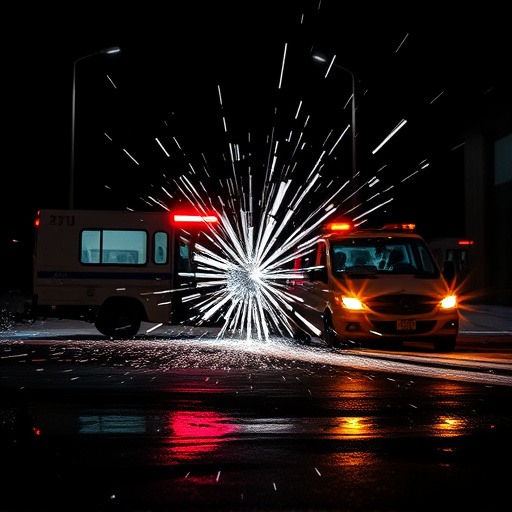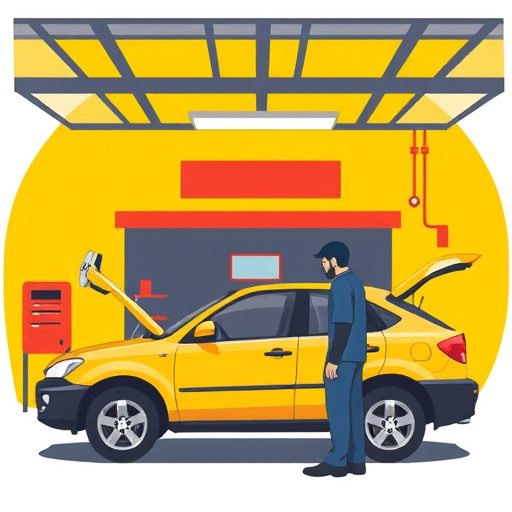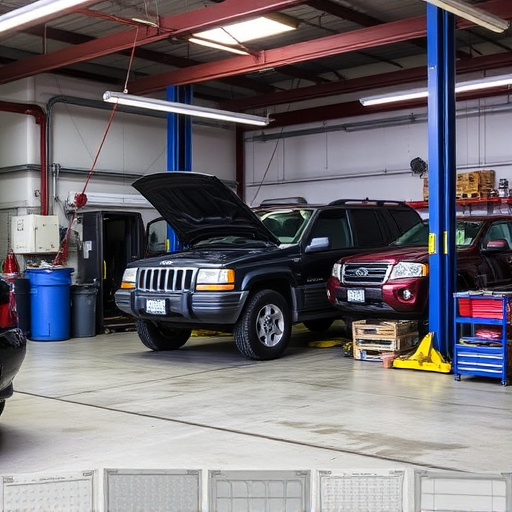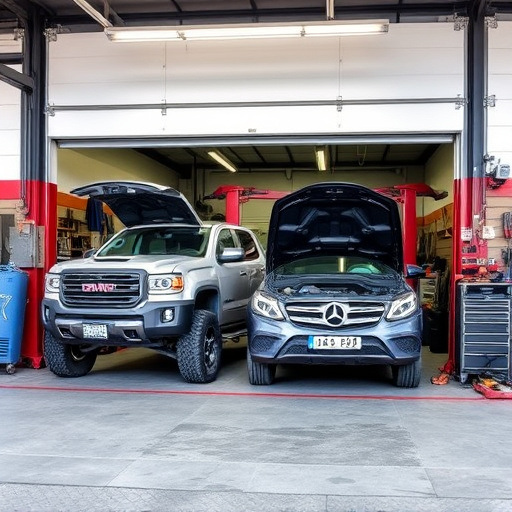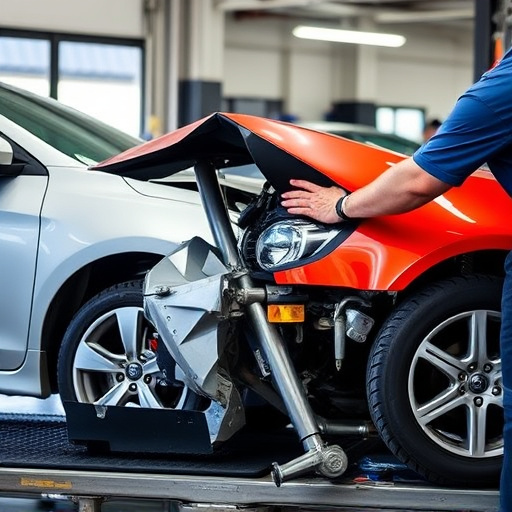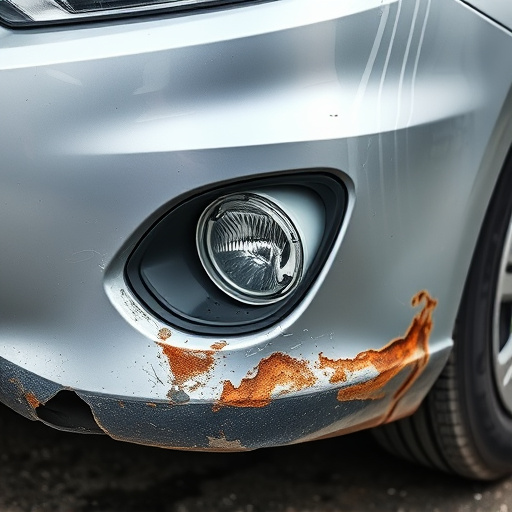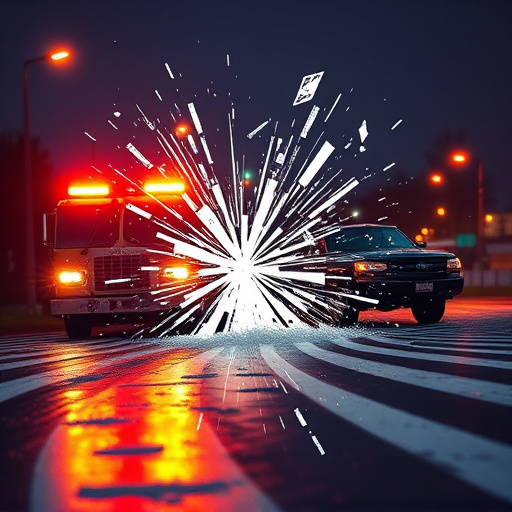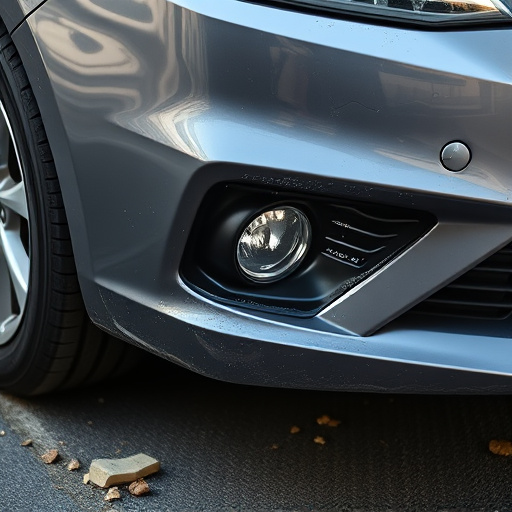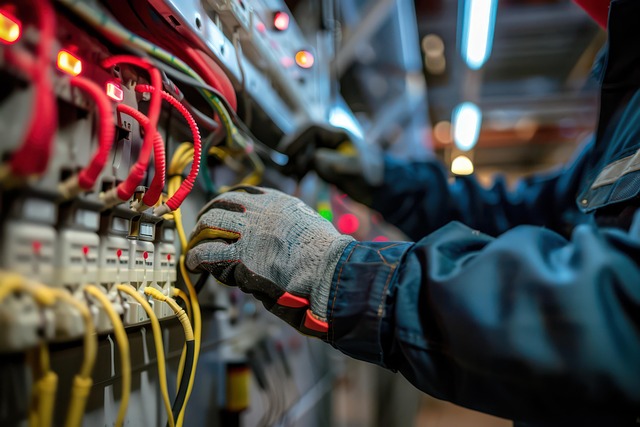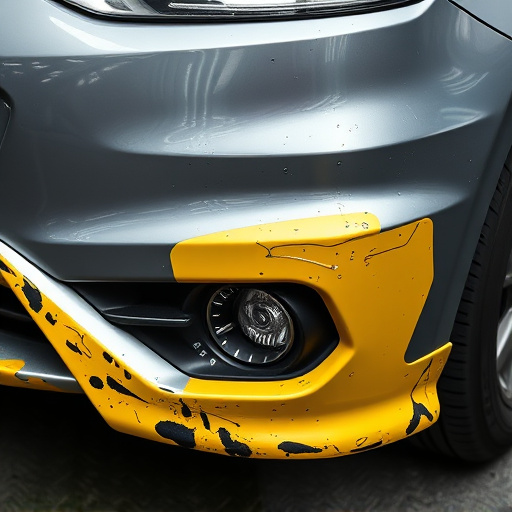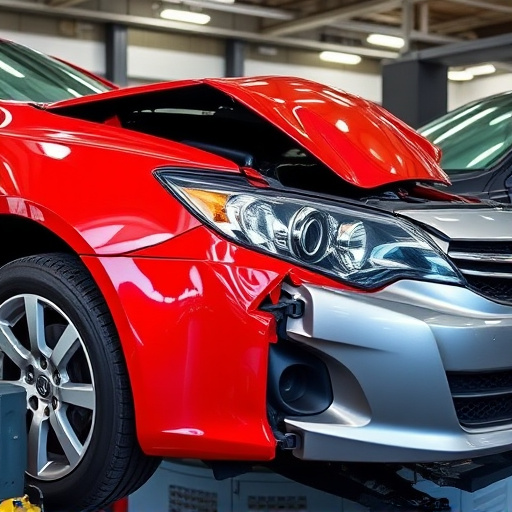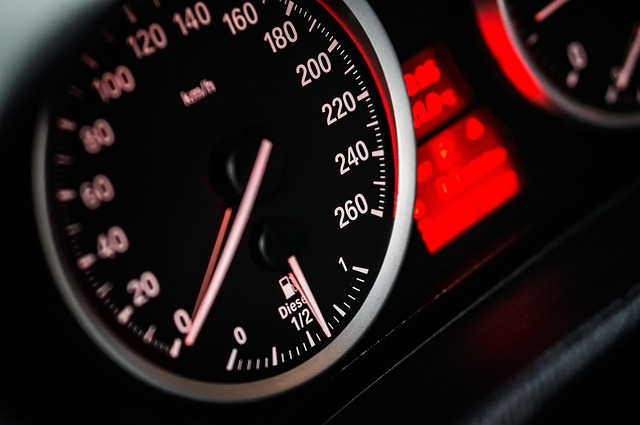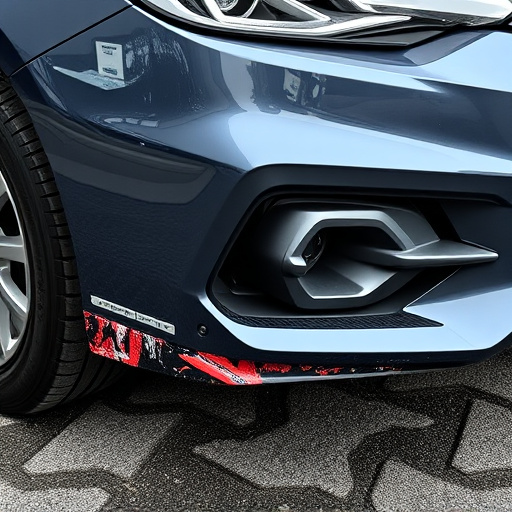After a heavy-duty truck collision, prioritize safety by assessing injuries and securing the scene. Meticulously document the incident with photos, videos, and notes for insurance claims and legal protection. Swiftly contact insurance providers, involve authorities if needed, and promptly address vehicle damage to ensure proper restoration and streamline claims.
After a heavy-duty truck collision, your immediate response is crucial. Before addressing anything else, assess injuries and ensure everyone’s safety. Documenting the collision scene thoroughly is essential for insurance claims—take photos, exchange information with involved parties, and note witness accounts. Simultaneously, initiate insurance steps and contact local authorities to report the incident. Prompt action ensures a smoother process and can be vital in cases of severe damage or injuries.
- Assess Injuries and Ensure Safety First
- Document the Collision Scene Thoroughly
- Take Immediate Insurance Steps and Contact Authorities
Assess Injuries and Ensure Safety First
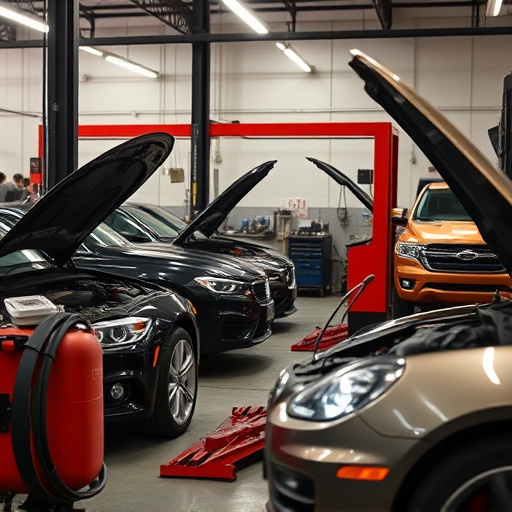
After a heavy-duty truck collision, the first step is always to assess injuries and ensure everyone’s safety. This crucial phase involves quickly checking for critical injuries among all occupants involved, whether drivers or passengers. If anyone is seriously hurt, call emergency services immediately. While waiting for help, move vehicles to safer locations if possible, but only if it’s safe to do so.
Additionally, consider the impact on nearby vehicles and infrastructure. Heavy-duty truck collisions can cause significant damage, so contact local authorities and dispatch emergency services for roadside assistance. Once immediate safety is secured, think about the options for auto body services or fleet repair services to handle the damaged vehicles. Remember that prioritizing safety and well-being should always be the top priority in any accident scenario, especially those involving large trucks.
Document the Collision Scene Thoroughly
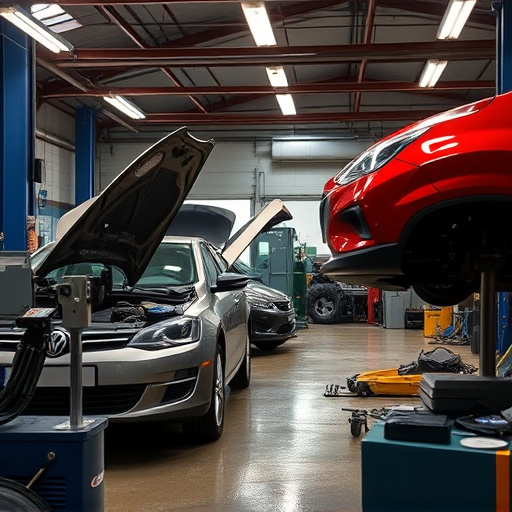
After a heavy-duty truck collision, the first step in ensuring proper resolution is to meticulously document the scene. This involves capturing clear photos of all aspects of the accident—the damaged vehicles, surrounding debris, traffic conditions, and any visible injuries. Video footage can also be invaluable, providing a dynamic view of the incident.
Additionally, jot down detailed notes about what transpired leading up to the collision, during the event, and immediately afterward. This includes identifying details of all parties involved, witness statements, and any relevant environmental factors that could have contributed to the accident. Documenting the collision scene thoroughly is a critical step in facilitating accurate insurance claims, ensuring fair compensation for vehicle repair (including car paint services and car damage repair), and potentially establishing liability for the at-fault party.
Take Immediate Insurance Steps and Contact Authorities
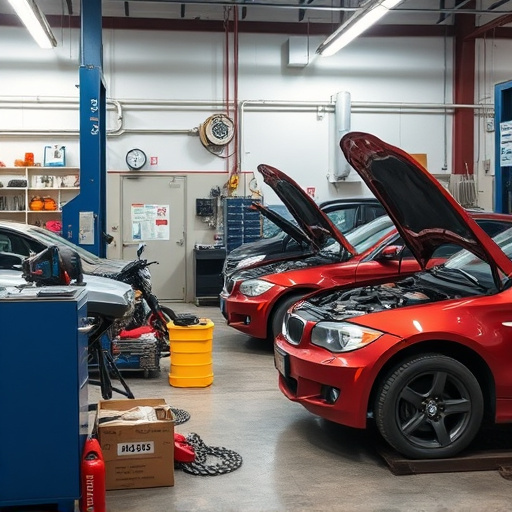
After a heavy-duty truck collision, immediate action is crucial to ensure safety and mitigate potential legal issues. The first step is to take care of your insurance claims. Contact your insurance provider as soon as possible to report the incident. Provide them with all necessary details, including the date, time, location, and a brief description of what happened. They will guide you through the process and help coordinate with other parties involved.
Additionally, it’s important to involve authorities, especially if there are severe damages or injuries. Call emergency services immediately if needed. The police report can be instrumental in insurance claims and potential legal proceedings related to the heavy-duty truck collision. Remember, prompt action regarding vehicle dent repair, frame straightening, or taking your vehicle to a trusted vehicle body shop will not only ensure better damage restoration but also help streamline the claim process.
In the aftermath of a heavy-duty truck collision, immediate and thorough action is crucial. Always prioritize safety by assessing injuries and calling for emergency help if needed. Documenting the scene with detailed notes, photos, and measurements ensures accurate insurance claims. Promptly notify your insurer, exchange information with other parties involved, and contact local authorities to ensure a proper report is filed. These steps will facilitate a smoother process for resolving any legal or financial matters related to the heavy-duty truck collision.

